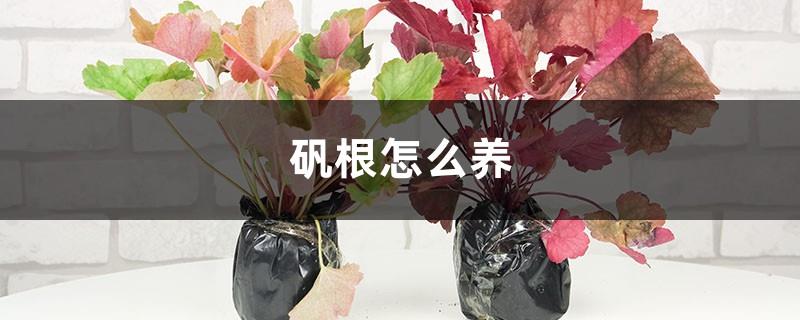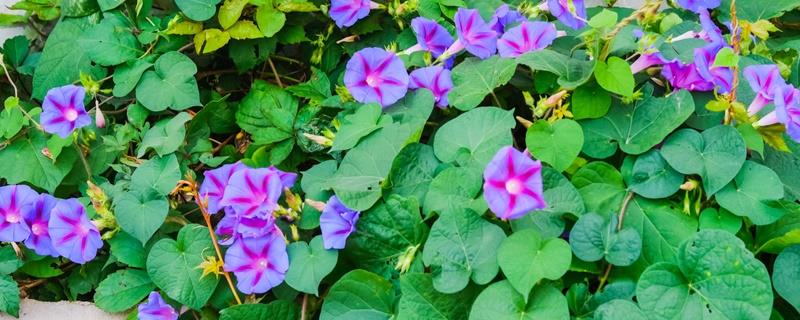Breeding methods of maple
Last Update :2024.04.23
Article Catalog
Soil: The soil requirements of Acer arborescens are not strict. It is best cultivated in soil that is loose and fertile, with good permeability and good drainage. Fertilization: Apply 1-2kg of organic fertilizer as base fertilizer before planting, and add a small amount of topsoil to avoid burning the seedling roots. Watering: During the sowing period of maple, you need to water it once in the morning and evening. After the seedling stage, the frequency of watering can be reduced. Temperature: Acer likes warmth and is afraid of severe cold. The suitable growth temperature is 17-22℃.

1. Soil:
1. Soil:
The maple is highly adaptable and does not have strict soil requirements. It can grow on general soil. However, it is best to cultivate in soil with good permeability, fertile soil and good drainage.
2. Fertilization:
Before planting the maple, add 1 to 2kg of organic fertilizer to each hole as base fertilizer, and add a small amount of topsoil before planting to avoid the base fertilizer burning the seedling roots after planting.
3. Watering:
Cow-ear maple needs a lot of water during the sowing period. It needs to be watered once in the morning and evening to keep the soil moist. After the seedling stage, the frequency of watering can be reduced.
4. Temperature:
Acer is not cold-tolerant and is extremely susceptible to frost damage. It is suitable for survival in warm environments. The optimal temperature range for growth is 17-22°C. .
5. Prevention and control of diseases and insect pests:
1. Diseases: Some seedlings will develop spot disease, which will cause the leaves to dry up. In severe cases, the leaves will scorch and fall off. You can spray thiophanate methyl wettable powder 1000 times and flusilazole prochloraz 600-800 times for 3-4 consecutive times for prevention and control.
2. Insect damage: During the growth of Acer, thorn moth larvae may appear, which will eat away at the leaves, and in severe cases, they will be eaten into bare stems. Anthelmintic drugs such as dichlorvos EC and phoxim EC can be sprayed to eliminate pests and prevent damage to crops.
2. Fertilization:
3. Watering:
4. Temperature:
5. Pest and disease control:
- END -
How to grow alum roots, pictures of alum roots

The alum root likes light, but the plant is also tolerant of semi-shade, so it can...
20 kinds of flowers commonly used in landscaping

1. Petunia: There are two types of petunia: clumping and creeping. They are highly...